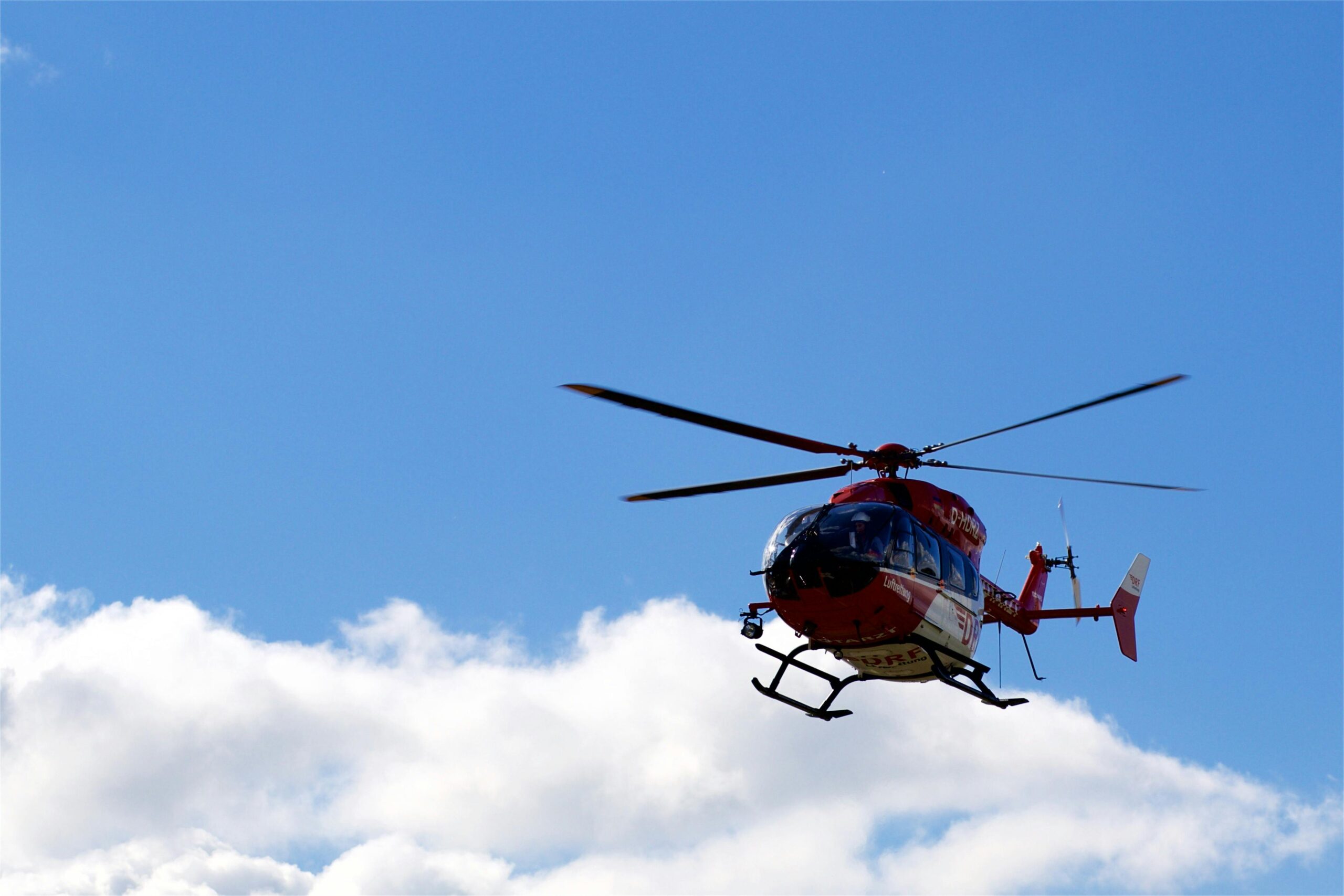
Are Hawaii Helicopter Tours Safe? We’re Getting Into It
- 5:23 PM
Are Hawaii helicopter tours safe?...it’ a reasonable question. After all, heights are one of those built-in fears and even when you know you’ll be just fine, they can still shake you. But we don’t want your nerves to stop you from a once-in-a-life-time experience. So let’s get into it.
Helicopter tours in Hawaii: ultimate bucket-list flex or a recipe for panic-sweats at 3,000 feet? If you’ve ever stared at those insane aerial shots of Jurassic Park-style valleys and thought, “Yeah, but will I make it back in one piece?”—welcome. You are not alone. The thought of soaring above waterfalls, volcanoes, and valleys that look like they were designed in a CGI lab is undeniably cool, but there’s always that tiny voice in the back of your head whispering, “What if something goes wrong?”
Let’s break it down, myth-bust some fears, and get you ready to fly like an absolute legend.
Are Hawaii Helicopter Tours Safe: How Risky Are They, Really?
Alright, let’s get this out of the way first: helicopter tours aren’t some wild, hold-onto-your-socks gamble. In fact, they’re statistically safer than driving to the tour itself (and let’s be real, some of those island roads can get a little too spicy for comfort). Operators in Hawaii follow strict FAA safety regulations, pilots are ridiculously well-trained, and modern helicopters are engineered to handle way more than a little turbulence.
Let’s talk numbers. The FAA reports that commercial helicopter accidents are rare, and the majority of incidents are due to poor weather conditions or pilot error—both of which are significantly reduced when you fly with a reputable company that prioritizes safety over squeezing in extra bookings.
Not All Helicopter Tours Are Created Equal
You know how not all burgers are good burgers? Same goes for helicopter tours. So if you’re wondering are Hawaii helicopter tours safe?, then know that picking the right tour company is everything. The best ones prioritize safety, invest in rigorous pilot training, and won’t hesitate to cancel flights if conditions aren’t ideal.
Here’s what to look for when booking:
- FAA Part 135 certification: This is the gold standard for safety, the filet mignon of regulations. It means the company meets higher safety and operational standards.
- Pilot experience: How many flight hours do they have? (Hint: more is always better.)
- Safety-focused reviews: Enthusiasm is great, but you also want to see mentions of professionalism, safety briefings, and adherence to protocols.
Pro tip: The safest operators will actually cancel flights if weather conditions aren’t up to par. It might be annoying in the moment, but it’s better than playing chicken with a tropical storm. If you want to make sure you’re booking with the best, check out this guide for the safest helicopter tours in Hawaii.
What About the Doors-Off Helicopter Tours?
Doors-off tours are the daredevil cousin of traditional helicopter rides. You get unreal, unobstructed views, and that sweet, sweet rush of wind whipping past you, but it’s also a little more intense.
Are Hawaii helicopter tours safe? Even if they are a doors-off tour? Absolutely. But there are some things you need to know:
- You’re strapped in tighter than a UFC fighter’s gloves.
- Loose items (phones, hats, sunglasses) are a hard no. If it’s not secured to your body, it’s not coming with you.
- If heights make you queasy, this may not be your moment to shine.
That said, if you want your IG feed to explode with cinematic-level shots, this is the way to do it.
Helicopter Emergency Procedures: The Backup Plan You (Probably) Won’t Need
We get it, you don't even want to THINK about something going wrong, but it can also be comforting to know how companies and their equipment have your back. Great pilots don’t just fly well; they train for worst-case scenarios. Here’s how they’ve got your back:
- Autorotation: If an engine fails (which is crazy rare), helicopters don’t just drop out of the sky. They glide safely down like an elevator with a backup generator.
- Floatation Gear: If you’re flying over water, your chopper is equipped with floats. Water landings aren’t common, but pilots train for them just in case.
- Pre-Flight Safety Briefing: Listen to it. Pay attention. Yes, even if you’ve done it before. Knowing what to do in an emergency is always a good move.
The Unspoken Rules of Hawaii Helicopter Safety
Some safety tips don’t get enough airtime (pun very much intended), so let’s lay ‘em out:
- Don’t be that person who ignores weight limits. Helicopter balance is a science, not a suggestion. Be honest about your weight when booking—this is about physics, not feelings.
- Follow the pilot’s instructions. They say “don’t walk behind the helicopter,” you don’t walk behind the helicopter. Simple.
- Dress appropriately. No loose scarves, hats, or anything that could turn into a mid-air projectile.
- Know your limits. If motion sickness is your mortal enemy, take precautions—Dramamine is your friend.
What About Weather When it Comes to Helicopter Safety?
Are Hawaii helicopter tours safe even in bad weather? True, Hawaii’s weather can change in a heartbeat. One minute, it’s all blue skies and sunshine, the next, you’re in an unexpected downpour. This is why good helicopter tour companies keep a close eye on forecasts and aren’t afraid to call off a flight if conditions aren’t up to snuff.
If your flight gets canceled due to weather, don’t fight it. Be grateful you’re flying with an operator that values safety over squeezing in one more tour. Plus, many companies will work with you to reschedule or refund your booking.

A Quick Recap on All You Need to Know about Helicopter Safety
Are Hawaii helicopter tours safe?
Short answer? Yes. Long answer? Absolutely, but pick the right operator.
Hawaii’s landscapes are jaw-dropping, and seeing them from above is a whole different level of epic. Just remember:
- Safety starts with your choice of tour company. Look for FAA certifications, experienced pilots, and companies with strong safety records.
- Weather matters. If they cancel, don’t be mad. Be grateful.
- Listen to the rules. They’re not there to cramp your style—they’re there to make sure you live to tell the tale.
- Know your comfort zone. If heights or turbulence freak you out, a standard doors-on tour might be a better fit than a doors-off adventure.
For the safest and most insane views, this guide will point you in the right direction.
Now, go book that helicopter tour and prepare to have your mind blown.
*The Federal Aviation Administration requires that any commercially operated aircraft that operates over water must have a minimum of 2 engines. This is because in the event of an engine failure the aircraft can continue to fly to a suitable landing area.
Reference CFR 135.183 (c)

